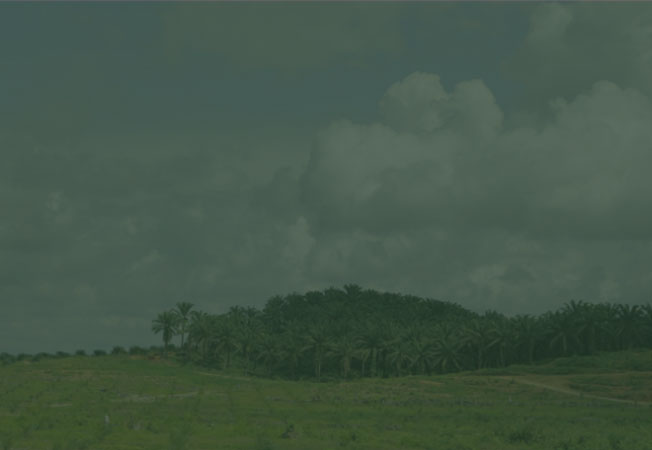Sustainability: Sustainable Development - Water Management


Water Management
Effective water management is essential for REA’s operations and surrounding communities. We are committed to minimizing water usage, maintaining water quality, and ensuring compliance with environmental standards. Our strategy focuses on responsible water stewardship across all our mills and plantations.
Water is a limited and vital resource that sustains ecosystems, communities, and various industries around the world. A significant portion of global water use is attributed to agriculture, so managing its availability and promoting responsible practices are crucial for ensuring both environmental and economic sustainability in the long run. At REA, we acknowledge the important role water plays in our operations and in the well-being of nearby communities and ecosystems. With this shared responsibility in mind, we adopt thorough water management practices to promote sustainable usage:
Key Highlights (2024)
Water is important in the processing of Fresh Fruit Bunches (FFB) into Crude Palm Oil (CPO) and Crude Palm Kernel Oil (CPKO). REA employs strict practices to minimise water usage with a target of 2.5 m³/tonne FFB.
Strategies for Water Conservation

Efficiency Monitoring
- Target of 2.5 m³/tonne FFB, with 2024 achieving 1.6 m³/tonne.
- Daily tracking of water consumption across all three mills.
- Data evaluation to ensure compliance with government permits.
Achievements
Water consumption in all three mills has varied over the years, yet it has consistently stayed below 2.5 m³/tonne since 2013. All three of the group’s mills continued to be comfortably below this threshold in 2024, with overall water usage showed a slight decrease from 1.61m³ per tonne in 2023 to 1.60m³ per tonne in 2024. The reduction was due to utilisation of condensate water for processing in mills and regular preventative maintenance on water management equipment.
Water Intensity (Water Usage m³/FFB Processed tonne)
Water Consumption
Palm Oil Mill Effluent (POME) is a by-product generated during the production of Crude Palm Oil (CPO) and Crude Palm Kernel Oil (CPKO). We manage POME in a responsible manner to maximise its value while reducing its environmental impact.
Strategies for POME Management
- Enclosed methane capture systems reduce emissions.
- Biogas from POME generates electricity, powering mills and surrounding areas.
POME MONITORING FOR BOD AND COD
REA strictly monitors BOD and COD levels to ensure water quality remains compliant and within environmental regulations and specified legal limits.
1. Water Quality in Surface Water
- Regular monitoring of BOD and COD levels in surface water to detect any irregularities.
- Results in 2024:
1.6 mg/
litre
(legal limit: 3 mg/litre).
7.0 mg/
litre
(legal limit: 25 mg/litre).
BOD-COD Result analysis of Surface Water
2. Compliance Verification
- Monthly testing of BOD and COD levels in POME to ensure that it is below the legal limit for land application in Indonesia, being 5,000mg/litre and 10,000mg/litre, respectively.
- Verification of BOD and COD in our mills by Dinas Lingkungan Hidup Kabupaten (The Regency of Environmental Services) every 6 months.
3. Corrective and Preventative Measures
- Implementation of best agricultural management practices.
- VRegular patrols involving local communities.
- Training for stakeholders on water quality standards.